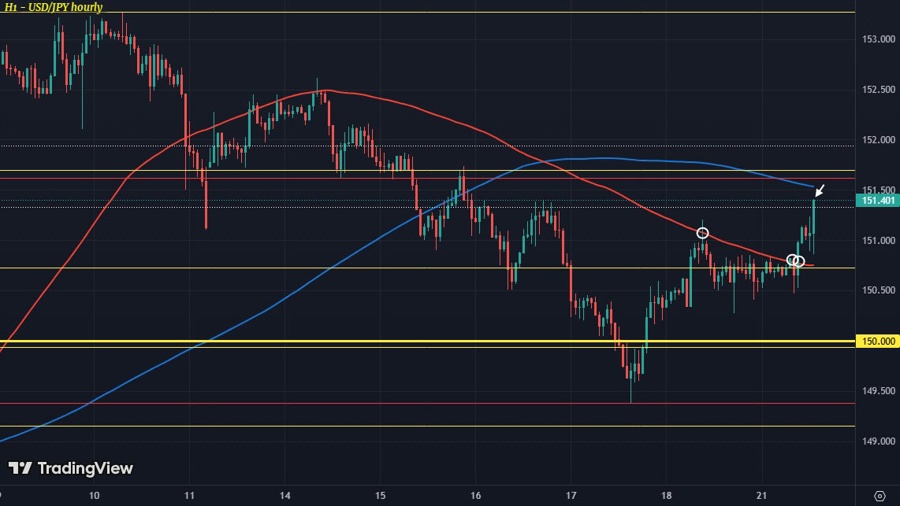Japan’s lower house has elected Sanae Takaichi as the new prime minister, marking a significant shift in the country’s political landscape. Takaichi, a member of the Liberal Democratic Party (LDP), is poised to lead a coalition government with Nippon Ishin. Her election comes with substantial implications for Japan’s economic policy, particularly regarding the direction of monetary policy set by the Bank of Japan (BOJ).
Takaichi is known for her advocacy of “Abenomics,” a set of economic policies introduced by former Prime Minister Shinzo Abe. Her stance as a fiscal dove raises questions about the BOJ’s ability to implement interest rate hikes in the near future. Following her victory in the LDP leadership election earlier this month, the Japanese yen experienced a notable decline, reflecting market apprehensions regarding her economic approach.
As of today, the yen’s value has dropped, with the exchange rate at USD/JPY increasing by 0.4% to 151.40. Analysts note that the currency’s reaction to Takaichi’s election has been relatively modest, suggesting that much of the market’s concerns were already priced in following the earlier developments on October 6, 2023.
Market Response and Future Implications
The current market behavior indicates a neutral bias, as the price action remains beneath the 200-hour moving average of 151.53, while buyers have managed to break above the 100-hour moving average. This technical positioning suggests that while there may be some upward pressure, significant resistance lies ahead.
Traders are now evaluating the implications of Takaichi’s leadership on the BOJ’s policy-making. With the likelihood of interest rate hikes diminishing, market participants must consider the potential for unexpected moves from the central bank. Analysts believe that Takaichi’s election reduces the chances of the BOJ pushing for a rate increase by the end of the year.
The next key resistance level for the USD/JPY pair stands at 153.27, the monthly highs that traders will monitor closely. Should the yen continue to face downward pressure, a breach of the 200-hour moving average could pave the way for a reevaluation of market positioning and expectations regarding future monetary policy.
As Japan navigates this new political landscape, the economic consequences of Takaichi’s leadership will be scrutinized closely, with both domestic and international markets poised for further developments.







